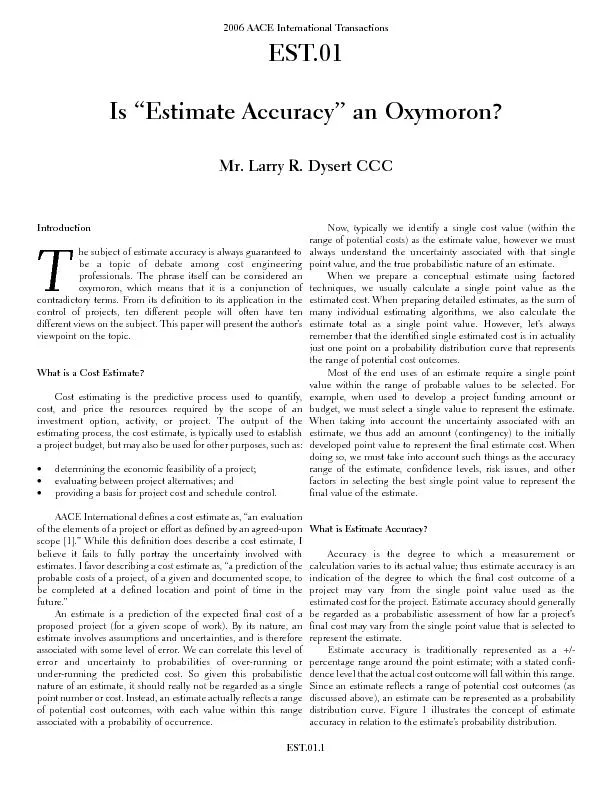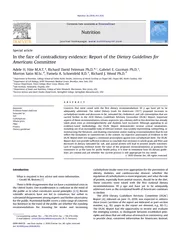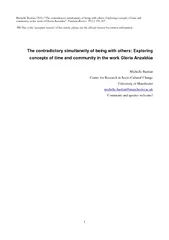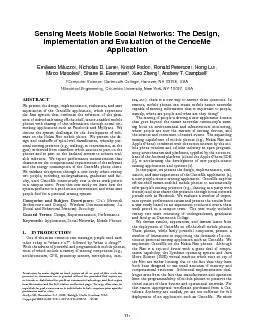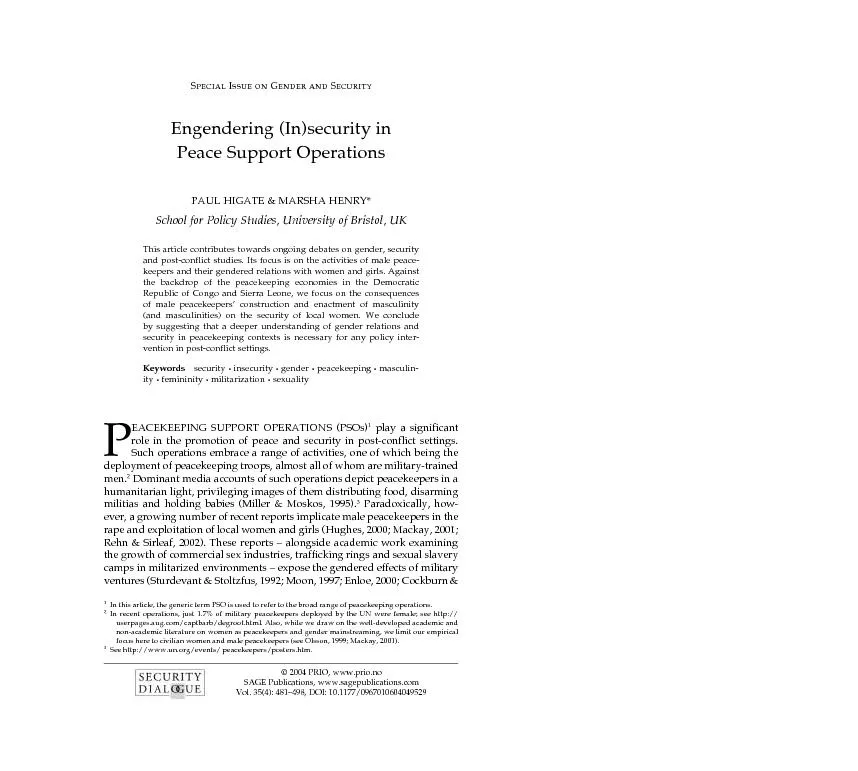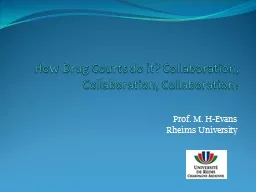PDF-contradictory terms. From its definition to its application in thecont
Author : trish-goza | Published Date : 2016-08-27
EST011 2006 AACE International Transactions EST01Mr Larry R Dysert CCC In figure 1 the point estimate the estimated value beforecontingency has a value of 10 million
Presentation Embed Code
Download Presentation
Download Presentation The PPT/PDF document "contradictory terms. From its definition..." is the property of its rightful owner. Permission is granted to download and print the materials on this website for personal, non-commercial use only, and to display it on your personal computer provided you do not modify the materials and that you retain all copyright notices contained in the materials. By downloading content from our website, you accept the terms of this agreement.
contradictory terms. From its definition to its application in thecont: Transcript
Download Rules Of Document
"contradictory terms. From its definition to its application in thecont"The content belongs to its owner. You may download and print it for personal use, without modification, and keep all copyright notices. By downloading, you agree to these terms.
Related Documents

